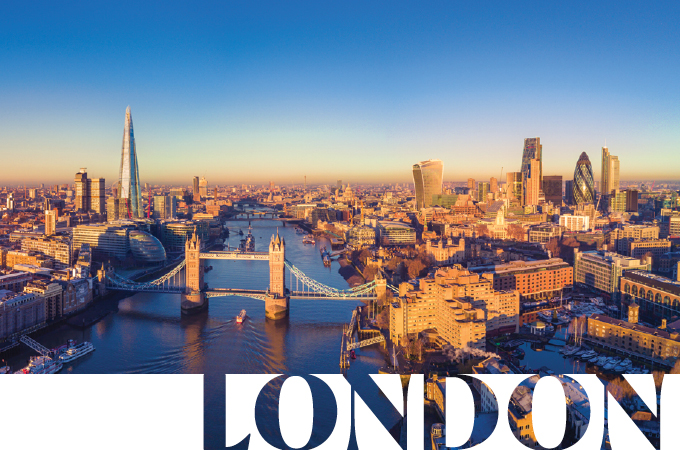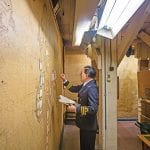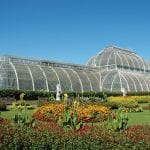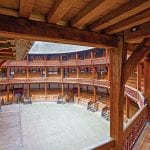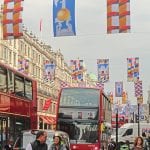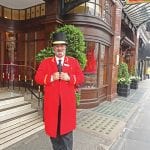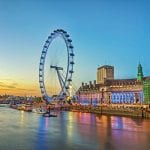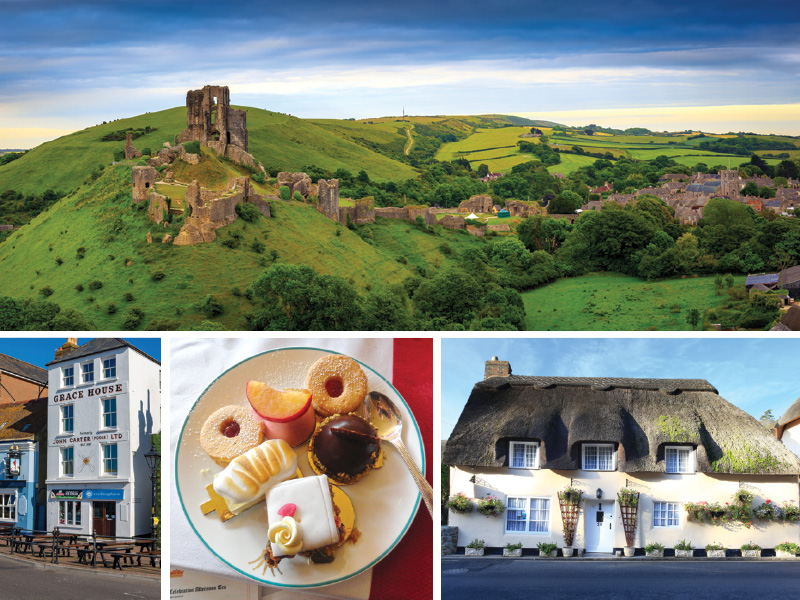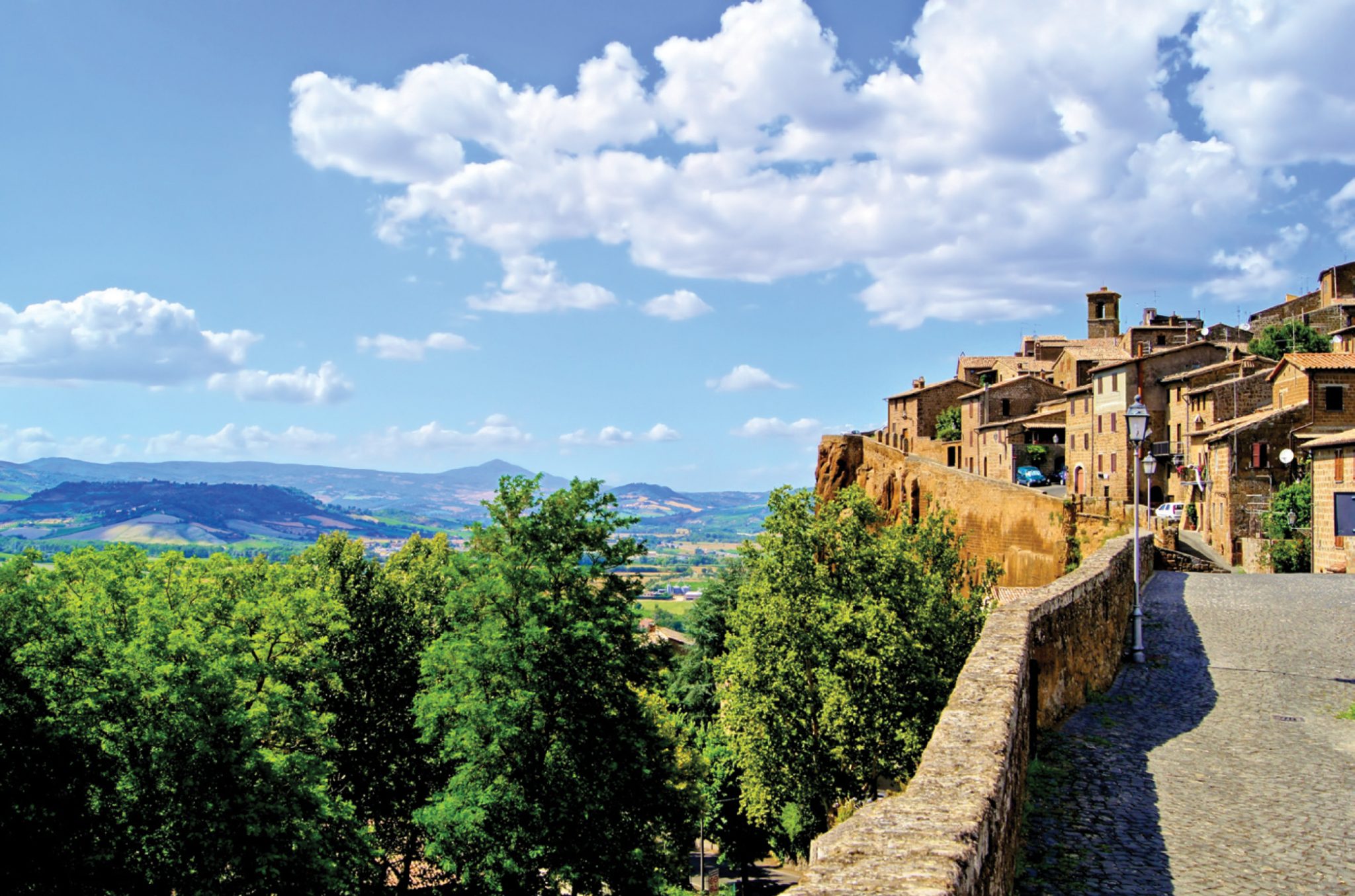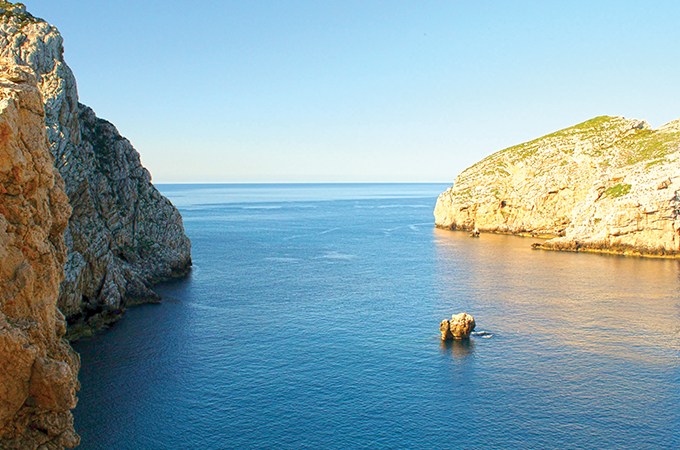It doesn’t get any more cosmopolitan than London. Parliament, Buckingham Palace, bobbies on horseback, double-decker buses, doormen in tails and top hats—it’s a city in motion at all times of the day and night. That means for every site you tour, there will be a half dozen you have to miss—this time, anyway. With that mindset, I was determined to get to a few places I hadn’t visited on previous trips. Realistically, I knew I could do justice to two major attractions a day, plus have time for leisurely meals and, of course, high tea.
Part of any good travel plan is choosing a hotel that is centrally located so you won’t waste time in transit. I settled into The Rubens, a plush boutique hotel across from The Royal Mews at one end of Buckingham Palace. It’s a short walk from St. James’s Park, which is a short walk from Westminster Abbey, the Houses of Parliament and the Churchill War Rooms. Plus, the doorman has a handlebar mustache and red tailcoat.
Arriving only in time to settle into the room—done in royal reds and golds—and pick a place for dinner, I opted for The Curry Room, a new restaurant in the hotel. Indian food has been popular in London since before the East India Company, and the cuisine offered here spans the distinct flavors and styles of a dozen of India’s regions. I sampled them all, including my favorites: North Indian butter chicken and Bengal fish curry.
Day one started with an easy walk through St. James’s Park from the hotel, which any trip to London should include. The city’s parks are legendary with their mossy old trees, wrought iron fencing and water features. With all of the city’s commotion, these offer tranquil oases amid the chaos. During my visit, a flock of heron had taken up residence in a forest island right in the middle of the park.
Emerging on the other side, I faced Westminster Abbey, which is near the Churchill War Rooms. This museum is dedicated to the European leader who repelled the Nazi tide during World War II, and much of the effort was orchestrated at this very site. It’s a fascinating (and chilling) walk through history. Visitors descend into the underground bunker and tour the Cabinet War Room where Churchill met with members of Parliament to discuss strategy. A detailed map of Europe covers one wall, complete with pushpins to indicate troop advancements. Other highlights include the Churchill Suite and the tiny Transatlantic Telephone Room where he spoke in private to President Roosevelt. The museum also displays fascinating memorabilia from other segments of Churchill’s life, including correspondence from his days at boarding school and several paintings he created later in life.
Allow a couple of hours for Churchill, then stop in a pub for lunch. If you really want to enjoy the bustling London scene, eat outside and watch the doubledeckers lumber by. You’ll be really close to Parliament, so if you’ve never toured it (and have a couple of hours to spare), you might opt to spend the afternoon learning about the many distinctions between the House of Commons and the House of Lords. The entire compound is regal and oh-so-British in a red and blue velvet kind of way.
You’d be shortchanging yourself if you didn’t dedicate a day to London’s hip South Bank area. Historically the poor stepsister across the river Thames, it’s become gentrified with trendy shops, restaurants and housing. It’s a great walking area, where no one seems to be in a hurry to get anywhere fast (not that they could, anyway). There are street performers, outdoor cafes, art exhibits and open-air markets. Here you also will find two must-see attractions: a beautiful re-creation of Shakespeare’s Globe Theatre and the Tate Modern Museum.
One step inside The Globe, an open-air theater in the round, summons images of rowdy Londoners standing around the stage, clapping and booing as they react to characters as silly as Bottom and Falstaff or as serious as Lear and Macbeth. The tour guides themselves are rather theatrical and will entertain you with historical info like the widely held belief that actors were godless brigands and those who came to watch them were hardly better.
The Tate Modern is a breathtaking structure built into the former Bankside Power Station. Massive in scale, it also may have some wonderful special exhibit like the one I was fortunate enough to see, Picasso 1932: Love, Fame, Tragedy. The museum gathered 200 of the master’s works, most executed during a year of creative innovation for Picasso and extreme social upheaval in Europe.
A wonderful way to take a break from city life is with a trip to Kew Gardens, situated in the town of Kew, about 40 minutes from London center. The town itself is charming, and the gardens have both historical and botanical significance. Originally two royal estates, the properties were given to the nation in 1840.
They were the darlings of Princess Augusta, mother of King George III. Set on 326 acres, they are very different from our own Missouri Botanical Garden. Long, wide promenades speak to their Victorian heritage. Ancient trees and greenery are dotted with seasonal blooms, but the exotica is saved for Kew’s impressive glass conservatories. The two largest, Palm House and Temperate House, make Forest Park’s Jewel Box look like a dollhouse. They’re filled with plants from around the globe, many gathered during the era of British expansion and colonialism.
Whatever you do in London, don’t deprive yourself of two very necessary traditions: the full English breakfast and high tea. Breakfast at The Rubens was every gourmand’s dream, with a food bar of breads, cheeses, cold cuts and jams—plus an entree selection that included the ever-present blood sausage (sausages filled with blood that is cooked or dried), Marmite Soldiers (toast with a soft-boiled egg for dipping), and Bubble and Squeak (a dish of boiled potatoes, cabbage and vegetables). As for high tea, it’s one of those experiences that come with the territory: when in Rome, and all that. It doesn’t take the place of dinner, but it sure is fun to eat. It’s worth the price just to sit before the three-tiered caddy laden with tea sandwiches, scones and clotted cream, and pastries you can’t imagine finishing (even though you do). And, of course, there’s the tea.





